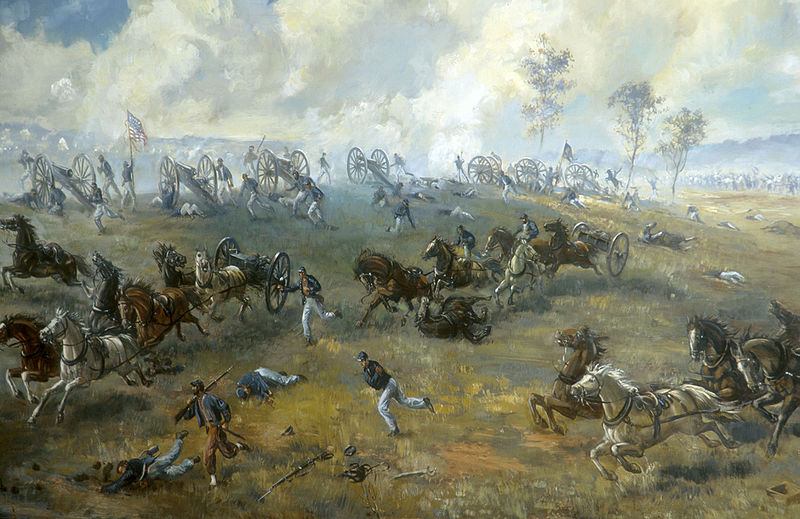 |
| Bombardment of Fort Hatteras, North Carolina |
- Fort Hatteras, at Cape Hatteras, North Carolina, falls into Union hands after a day and night of heavy bombardment in which Fort Hatteras sustains considerable damage. Colonel William F. Martin and Commodore Samuel Baron, CSN, surrender the Confederate garrison of 670. The Federals lose only one man. Butler returns to Fort Monroe, leaving the captured forts garrisoned. Union losses are 1 killed, 2 wounded. Confederate losses are 5 killed, 51 wounded, 715 prisoners. This action eliminates blockade-running in the area and has propaganda value in that Northern troops have successfully invaded North Carolina. The Federal takeover of Cape Hatteras means the Yankees can command Hatteras Inlet which is a great advantage in stopping what has been an important route for Blockade runners. The capture of Cape Hatteras is an important victory for the Union, especially after the disaster at Manassas/Bull Run, Virginia, last month and Wilson’s Creek, Missouri, this month. It is the first Union naval victory and first successful incursion into Southern territory. It also gives the Union a toehold on the North Carolina coast and seals an important outlet to the Atlantic. Of this successful joint operation US Admiral D.D. Porter later wrote: “This was our first naval victory, indeed our first victory of any kind, and should not be forgotten The Union cause was then in a depressed condition, owing to the reverses it had experienced. The moral effect of this affair was very great, as it gave us a foothold on Southern soil and possession of the Sounds of North Carolina if we chose to occupy them. It was a death blow to blockade running in that vicinity, and ultimately proved one of the most important events of the war.” Hatteras Inlet will become a coal and supply depot for US blockading ships./1861
- Off Apalachicola, Florida, the USS R.R. Cuyler, commanded by Captain Francis B. Ellison, seizes and burns the blockade runner Finland, which was prepared to receive a cargo of cotton and run the blockade./1861
- At Marlborough Point, Virginia, the U.S.S. Yankee under Commander T. T. Craven and the U.S.S. Reliance, under Lieutenant Mygatt, engage the Confederate battery there. Meanwhile four U.S. steamers engage the Confederate battery at Aquia Creek, Virginia, for three hours./1861
- Today in Middletown, New Jersey and Newton, Long Island, New York, peace conferences convene. While the South is incredulous that Lincoln would invade them for exercising their perfectly legal 10th Amendment rights to secede, many in the North agreed with them. Others feel the “erring sisters” can be brought back into the Union more quickly and with less bloodshed through negotiation rather than battle. Because Lincoln is bent on an aggressive policy of war, the conferences have no bearing on the Lincoln Administration./1861
- A skirmish occurs at Morse's Mills, Missouri./1861






























